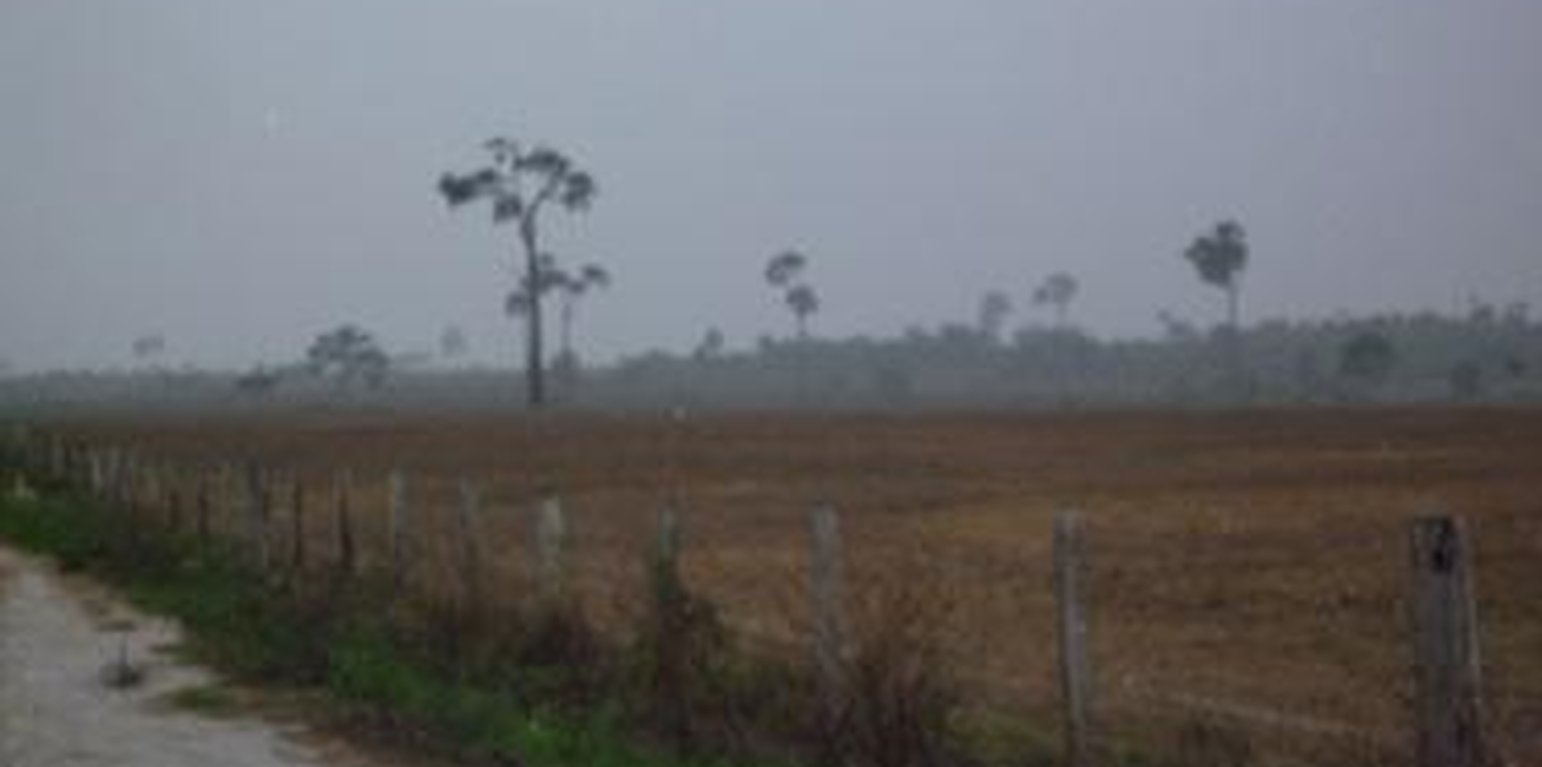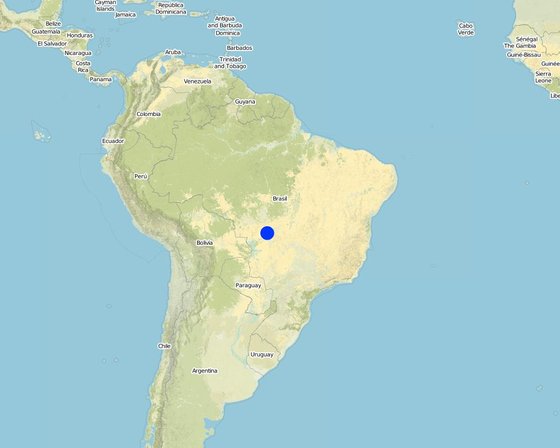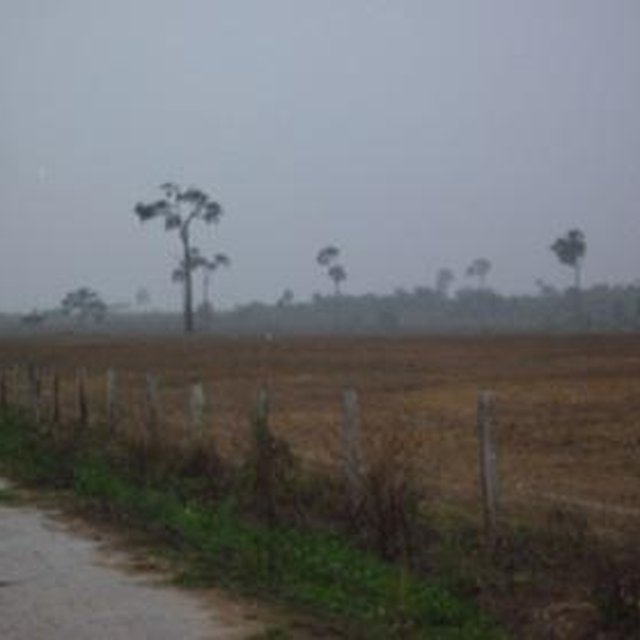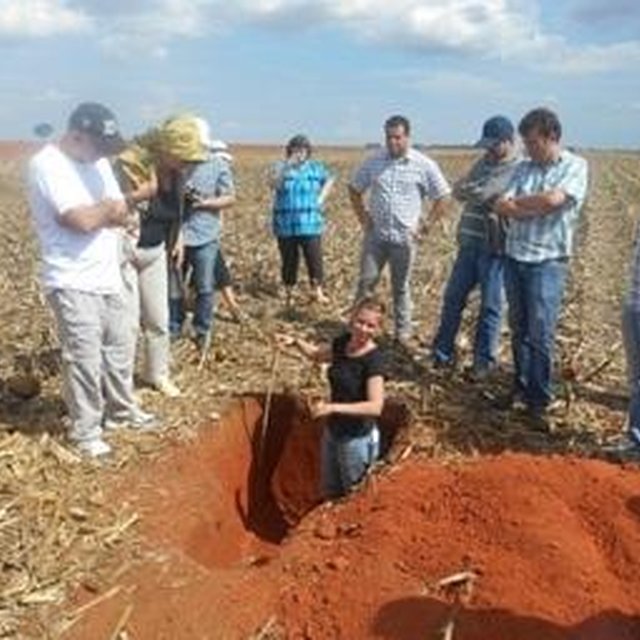



Aims / objectives: (1) determine the native background stocks of N, P, K, Mg, Ca, and S in soil to a depth of 10 m in the native systems (rain forest and Cerrado).
(2) determine the temporal change in C and nutrient stocks using space-for-time substitution along the pioneer front gradient from central Mato Grosso to south Pará to assess the influence of land use on C and nutrient budgets.
(3) analyze the stocks of bulk C and of C in soil fractions differing in function and turnover to determine the influence of land use and soil management on distribution of SOM into different pools (i.e., analysis of the quantity and quality of C storage in soil).
(4) quantify the C turnover in these fractions by a combination of the stable C isotope and the 14C approaches (i.e., analysis of the sustainability vs. vulnerability of C storage in soil as affected by land use and soil management).
(5) assess the influence of climatic change on these parameters along the climatic gradient from central Mato Grosso to south Pará (i.e., analyze the sustainability vs. vulnerability of C storage in soil as affected by climate change).
(6) parameterize a C and N turnover model (e.g. CANDY, Rühlmann et al. 2006) at plot level and calculate different land-use and climate-change scenarios.
Methods: Analysing carbon stocks – sampling laboratory work (Elementar analyses).
Soil properties of the two most common soil types (texture, bulk density, pH, plant available nutrients, etc.).
Modelling– model the process of carbon storage after land-use change.
Stages of implementation: Transport into meanings – translate scientific results into recommendations for farmes which land-use type is most carbon friendly.
Role of stakeholders: Implementation of land use decision– depending on the soil properties.

Lieu: Novo Progresso, Sinop, Cuiabá, Mato Grosso, Pará, Brésil
Date de démarrage: 2011
Année de fin de l'Approche: 2016
Type d'Approche

| Quels acteurs/ organismes d'exécution ont été impliqués dans l'Approche? | Spécifiez les parties prenantes | Décrivez le rôle des parties prenantes |
| exploitants locaux des terres / communautés locales | Small Farmers with limited income; indigenous– Kayapó. | Women are not really active in the Brazilian agriculture. |
| Spécialistes de la GDT/ conseillers agricoles | ||
| enseignants/ élèves/ étudiants | ||
| ONG | ||
| secteur privé | ||
| gouvernement national (planificateurs, décideurs) | ||
| organisation internationale |
Les décisions ont été prises par
Les décisions ont été prises sur la base de
Research was carried out both on station and on-farm
La main d'oeuvre fournie par les exploitants des terres était
They have results about their soil properties which may help their agriculture advisers.
The problem is likely to be overcome in the near future. If the government pushes the land title process forward.